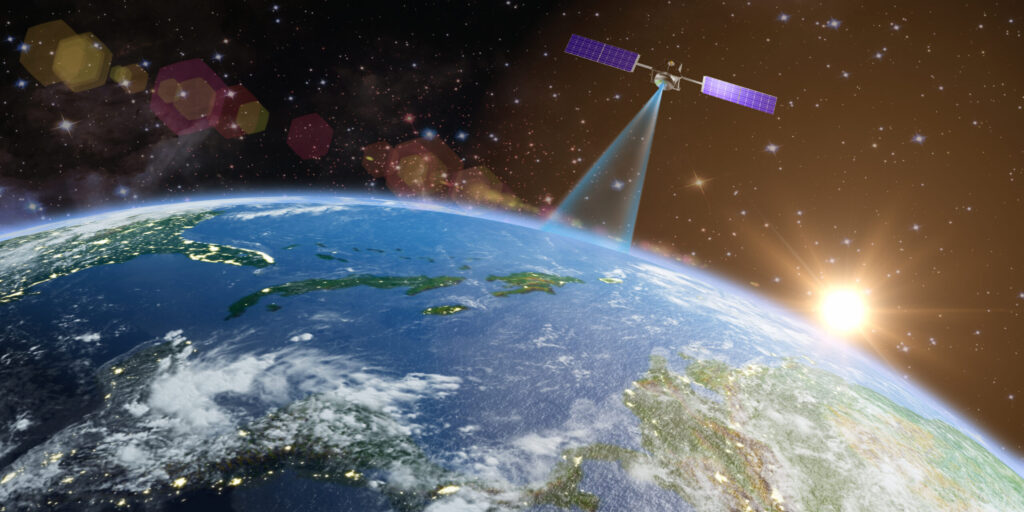SES recently announced a strategic investment in Lynk Global and plans to collaborate on new direct-to-device (D2D) service offerings. As part of this relationship, SES would use its O3b mPOWER constellation at medium Earth orbit (MEO) to provide essential space data relay capabilities for Lynk’s service and would also serve as a channel partner for Lynk, offering the company’s D2D solution to its vast ecosystem of customers.
D2D 101: An introduction to direct-to-device
D2D connectivity commonly refers to the use of standards-based handheld devices, such as smartphones, to operate directly with satellites. This contrasts with traditional satellite services, which require terminals and terrestrial networks to deliver connectivity to the end user.
While many feel that D2D is a replacement for traditional satellite, it is more of a complementary service. D2D connectivity cannot offer the same throughput and bandwidth as a traditional satellite service. However, it can deliver connectivity and access to remote locations and areas of the globe even when the necessary terrestrial hardware is unavailable. All the end user would require is a compatible smartphone or other mobile device.
The D2D service being built by Lynk will accomplish this using a constellation of satellites located in low Earth orbit (LEO), where strong signals generated very close to Earth will deliver connectivity directly to end-user devices. The O3b mPOWER, operated by SES, will enable necessary space data relay capabilities that effectively backhaul data from the Lynk LEO satellites at very high speeds with very low latency, allowing them to significantly reduce the ground segment required to support their D2D services.
Together, the Lynk and SES constellations will enable government users and military personnel to have end-user devices that simply work, even without a satellite terminal. That is a powerful capability with nearly limitless use cases for the government and military.
Immediate comms when and where they’re needed
In the aftermath of major natural disasters, those tasked with search and rescue missions and responding to emergencies often find themselves without cell service or any terrestrial forms of connectivity. That’s because the same natural disaster that impacted their region invariably destroyed the network infrastructure that powers cellular and terrestrial networks.
Communication and situational awareness capabilities are essential for an effective and collaborative response. They’re necessary to ensure those conducting search and rescue operations don’t wind up needing to be found and rescued, themselves. They’re essential to get alerts about danger, requests for assistance, and other mission-critical communications. But without cellular and terrestrial networks, these essential capabilities are often unavailable.
Historically, satellite providers have deployed Cell on Wheels (COWs) or Cell on Light Trucks (COLTs) to affected areas. These solutions effectively deliver the terrestrial equipment necessary to establish a satellite-enabled Wi-Fi or 5G network that first responders can use for basic communications and situational awareness. However, these solutions aren’t always in place when disaster strikes.
With D2D capabilities, first responders – from law enforcement personnel to wildland firefighters – could have immediate access to essential connectivity, even before COLTs and COWs are deployed to a region. This would immediately make mission-critical communications and situational awareness capabilities available following a natural disaster, putting first responders in a far better position to locate, rescue, and assist those in need.
This same ability to immediately access mission-critical communications, even without satellite terminals or ground infrastructure, can be leveraged for a variety of civilian government use cases. Government employees dispatched to remote locations could benefit from the ubiquitous communications delivered by D2D.
Military operations are often conducted in remote, off-grid locations where terrestrial infrastructure is unavailable. However, concerns about data and signal security could limit the use of commercial D2D solutions for combat applications. However, there is an opportunity to leverage D2D connectivity for non-combat missions and operations.
